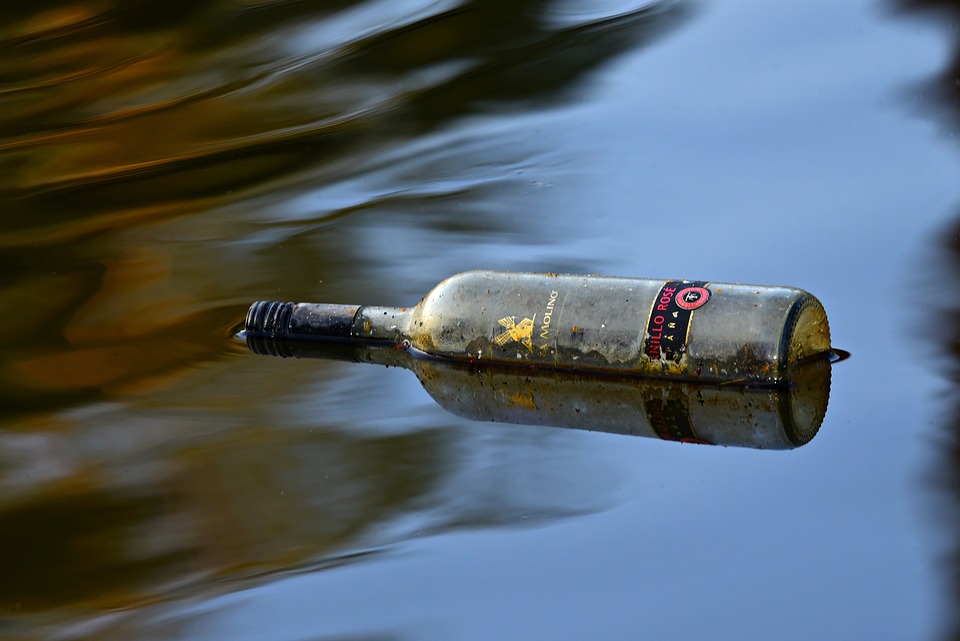
Composting is the natural process of converting organic waste into nutrient-rich soil amendments, which can be used as a fertilizer for plants. The two most popular methods of composting are traditional composting and vermicomposting. While both methods aim to create fertile soil, the processes and the final products differ significantly. In this essay, we will discuss the differences between vermicomposting and traditional composting methods in detail.
Traditional composting is a process that involves the decomposition of organic materials, including leaves, grass, food waste, and manure, by microorganisms such as bacteria, fungi, and actinomycetes. The microorganisms break down the organic materials into smaller molecules, releasing carbon dioxide and water in the process. Traditional composting requires a mix of brown and green organic matter, which provides the right balance of carbon and nitrogen to facilitate decomposition.
Vermicomposting, on the other hand, is a process that involves the use of worms to break down organic waste. Vermicomposting is also known as worm composting or vermicast production. Worms, specifically Eisenia fetida or red wigglers, are used in vermicomposting because they are voracious eaters and can digest organic waste much faster than traditional composting methods. The worms consume the organic matter and excrete worm castings, which are nutrient-rich soil amendments.
The differences between traditional composting and vermicomposting can be categorized into four main areas: the process, the materials used, the time required, and the quality of the final product.
The Process:
Traditional composting relies on microorganisms to break down organic waste. The process requires a balanced mix of carbon-rich and nitrogen-rich materials, adequate moisture, and oxygen to facilitate decomposition. The microorganisms consume the organic matter and produce heat as a byproduct, which is essential for the breakdown of tougher materials such as woody stems. The compost pile needs to be turned periodically to ensure that oxygen reaches all parts of the pile, and the moisture content remains optimal.
Vermicomposting, on the other hand, relies on worms to break down organic waste. The process requires a worm bin, bedding material, and food scraps. The bedding material, which can be shredded newspaper, cardboard, or coconut coir, provides a home for the worms and helps to regulate moisture levels. Food scraps are added to the worm bin regularly, and the worms consume the organic matter and excrete worm castings. Vermicomposting does not produce heat, which means that the process is slower than traditional composting. Additionally, vermicomposting does not require turning, as the worms move through the bedding material on their own, aerating the compost in the process.
Materials Used:
Traditional composting requires a balanced mix of carbon-rich and nitrogen-rich materials. Carbon-rich materials, such as leaves, straw, and wood chips, provide energy for the microorganisms and help to aerate the compost pile. Nitrogen-rich materials, such as food scraps, grass clippings, and manure, provide protein for the microorganisms and help to speed up the decomposition process. The materials used in traditional composting are generally coarser than those used in vermicomposting, as the microorganisms need a larger surface area to break down the materials.
Vermicomposting requires organic waste, bedding material, and worms. The organic waste can be anything from food scraps to paper towels, as long as it is organic and does not contain any animal products or fats. The bedding material provides a home for the worms and helps to regulate moisture levels. Vermicomposting does not require coarse materials, as the worms can consume smaller particles of organic waste.
Time Required:
Traditional composting is a much faster process than vermicomposting. Depending on the materials used and environmental conditions, traditional composting can take anywhere from a few weeks to several months to produce compost. However, vermicomposting is a slower process, and it can take anywhere from three to six months to produce vermicompost. The rate of vermicomposting can be affected by various factors, such as the number of worms, the size of the worm bin, the type of organic waste, and the environmental conditions, such as temperature and moisture levels.
Quality of the Final Product:
Both traditional composting and vermicomposting produce nutrient-rich soil amendments that can be used as a fertilizer for plants. However, there are some differences in the quality of the final product.
Traditional composting produces a homogenous, dark brown substance that is rich in nitrogen, phosphorus, and potassium, as well as other micronutrients that are essential for plant growth. The compost can be used as a top dressing, a soil amendment, or a potting mix. Traditional compost also improves soil structure, increases water-holding capacity, and enhances soil aeration.
Vermicomposting produces vermicompost, which is a black, granular substance that is rich in humus, plant growth hormones, and beneficial microorganisms. Vermicompost has a high nutrient content and is easily absorbed by plants, making it an excellent fertilizer for container gardens and houseplants. Vermicompost also improves soil structure, increases water-holding capacity, and enhances soil aeration.
In conclusion, both traditional composting and vermicomposting are effective ways to recycle organic waste and produce nutrient-rich soil amendments. While traditional composting relies on microorganisms to break down organic waste, vermicomposting uses worms to do the same. Traditional composting is a faster process, and it requires a balanced mix of carbon and nitrogen-rich materials, while vermicomposting is slower, and it only requires organic waste, bedding material, and worms. Both methods produce high-quality soil amendments, but vermicomposting produces vermicompost, which is particularly beneficial for container gardening and houseplants.







